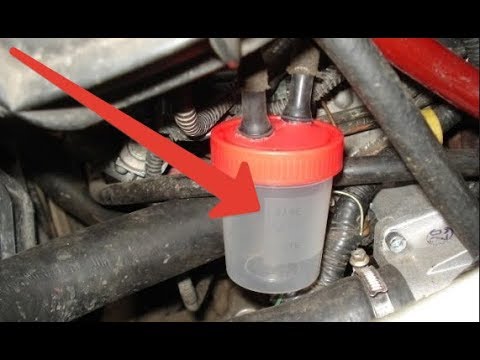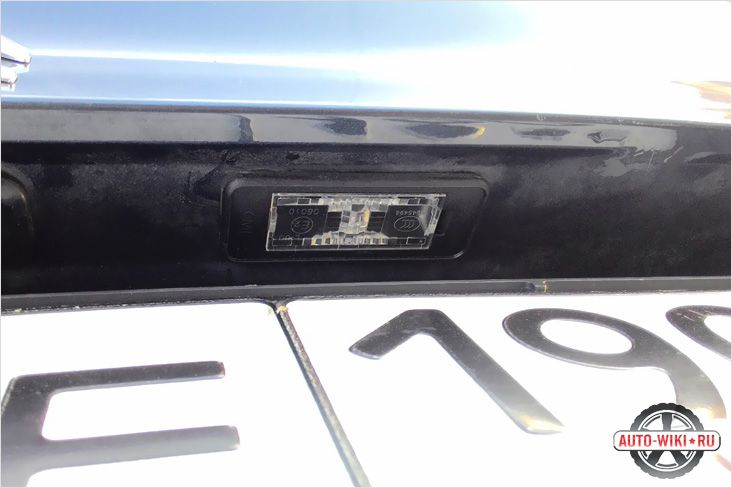
How to replace the vent oil separator
An automobile engine has a vented oil separator that fails when fumes clog the separator, smoke comes out of the exhaust pipe, or the Check Engine light comes on.
Regardless of the type of car you drive, petrol or diesel, it has some sort of positive crankcase ventilation system. Forced crankcase ventilation allows oil vapors from the engine lubrication system to enter the combustion chamber, where they burn together with the air-fuel mixture. Although they all do not have a vented oil separator, they work in the same way.
Some symptoms of a failed vent oil separator include when these fumes clog the vent oil separator over time and reduce its effectiveness, smoke comes out of the exhaust pipe, the check engine light comes on, or sludge appears on the underside of the oil cap. A properly functioning PCV system is vital to the long life of your engine.
Part 1 of 1: Replacing the vent oil separator
Necessary materials
- flat screwdriver
- Multibit Driver Set
- Pliers/Vise
- Ratchet/Sockets
Step 1: Locate the vent oil separator.. Locations vary by vehicle, but most are in fairly general locations.
They can be placed in line with different ventilation tubes or ventilation hoses. They can also be bolted to the engine block or remotely mounted on the side or in the wheel well.
Step 2 Remove the breather oil separator.. Once located, select the appropriate tool to remove the breather hose clamps.
Clamps may have a screw or be removed with pliers or a vise. Using a flathead screwdriver, carefully pry the vent hoses off the separator. Remove the tabs holding the separator in place and pull it out of the way.
- Functions: If oil has leaked from the vent oil separator, use engine cleaner or other solvent to clean the area. Just spray and wipe with a cloth.
Step 3: Attach the New Separator. Once you have cleaned the vent oil separator location (if necessary), secure the new separator in place with the original hardware.
New ones are usually not required.
Step 4: Connect the Hoses. Once secured in place, reattach all breather hoses/tubes in place. Make sure all deleted items are protected.
- Attention: If tailpipe smoke was one of your symptoms, it may take several days of driving to stop seeing the smoke. A film of oil will remain in the exhaust system and burn out after a few days of driving.
If exhaust pipe smoke does not stop for several days, you may have other problems with your PCV system. If you have signs of a malfunctioning vent oil separator or symptoms persist after replacement, contact one of AvtoTachki's certified technicians.

